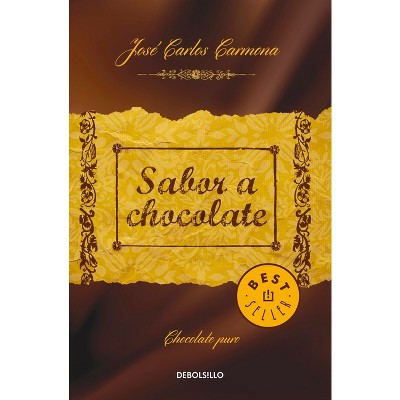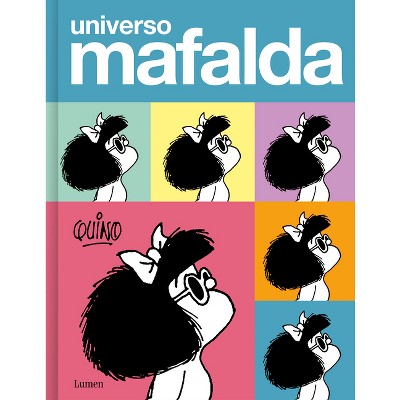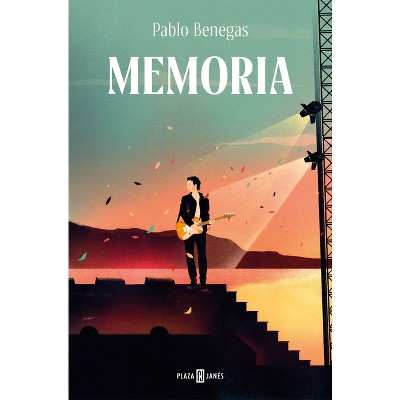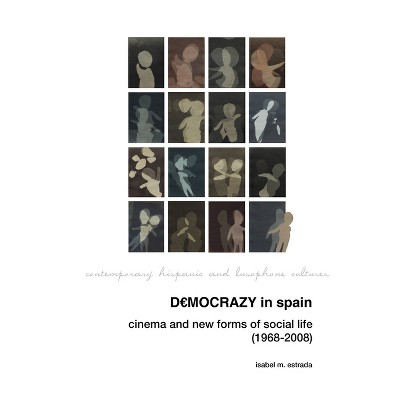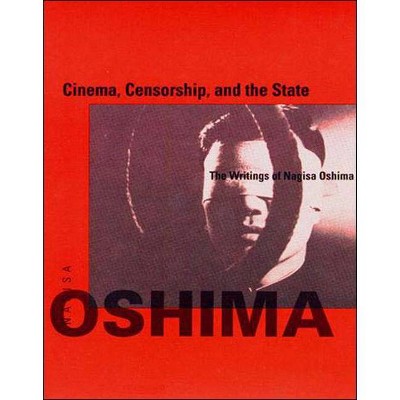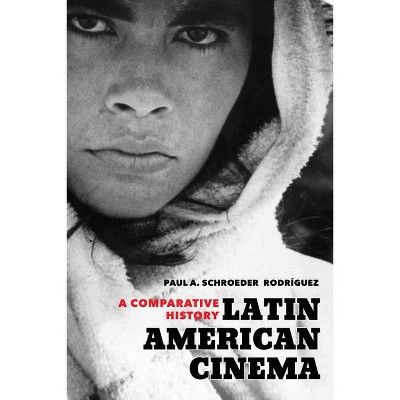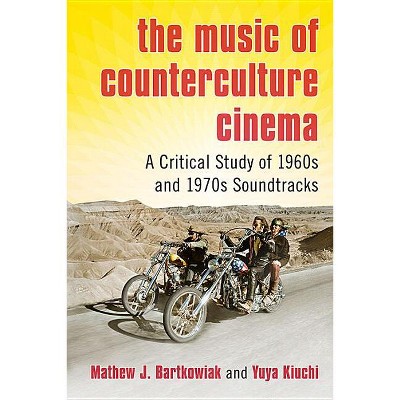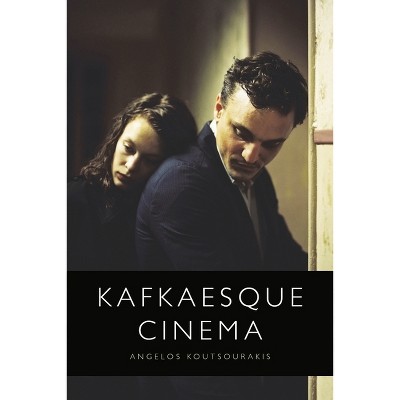Sponsored

Guide to the Cinema of Spain - (Reference Guides to the World's Cinema) by Marvin D'Lugo (Hardcover)
In Stock
Sponsored
About this item
Highlights
- This guide to Spanish film documents the film industry's interpretation of the isolating effects of the cultural traditionalism of the early twentieth century to the expanding international popularity of such films as Trueba's Belle Epoque, Aranda's Amantes, and Bigas Luna's Jamón, Jamón, and such actors as Victoria Abril, Carmen Maura, and Antonio Banderas.
- About the Author: MARVIN D'LUGO is Professor of Spanish and Adjunct Professor of Screen Studies at Clark University.
- 304 Pages
- Performing Arts, Film
- Series Name: Reference Guides to the World's Cinema
Description
About the Book
This guide to Spanish film documents the film industry's interpretation of the isolating effects of the cultural traditionalism of the early twentieth century to the expanding international popularity of such films as Trueba's Belle Epoque, Aranda's Amantes, and Bigas Luna's Jamón, Jamón, and such actors as Victoria Abril, Carmen Maura, and Antonio Banderas. This is the first volume in a new Greenwood series that discusses, historically and critically, films, directors, and actors in film industries throughout the world. Each volume will include a detailed historical introduction and will provide an in-depth treatment of the most important films and individuals involved in the industry. End-of-entry bibliographies provide sources for further reading and appendixes provide additional useful information. The Guides will be valuable to scholars, students, and film buffs.
Spanish cinema is in many ways a microcosm of the tensions and conflicts that have shaped the evolution of the nation over the course of this century. Spanish film as a cultural institution is rarely divorced from the political and social currents that have shaped the larger Spanish culture torn as it was between tendencies of localism and internationalism. It languished in industrial and artistic underdevelopment for many years under Franco; it is now, however, experiencing international recognition while remaining rooted in the specificity of its own popular cultural styles.
Book Synopsis
This guide to Spanish film documents the film industry's interpretation of the isolating effects of the cultural traditionalism of the early twentieth century to the expanding international popularity of such films as Trueba's Belle Epoque, Aranda's Amantes, and Bigas Luna's Jamón, Jamón, and such actors as Victoria Abril, Carmen Maura, and Antonio Banderas. This is the first volume in a new Greenwood series that discusses, historically and critically, films, directors, and actors in film industries throughout the world. Each volume will include a detailed historical introduction and will provide an in-depth treatment of the most important films and individuals involved in the industry. End-of-entry bibliographies provide sources for further reading and appendixes provide additional useful information. The Guides will be valuable to scholars, students, and film buffs.
Spanish cinema is in many ways a microcosm of the tensions and conflicts that have shaped the evolution of the nation over the course of this century. Spanish film as a cultural institution is rarely divorced from the political and social currents that have shaped the larger Spanish culture torn as it was between tendencies of localism and internationalism. It languished in industrial and artistic underdevelopment for many years under Franco; it is now, however, experiencing international recognition while remaining rooted in the specificity of its own popular cultural styles.Review Quotes
?[A]n excellent starting point from which to explore this fascinating subject.?-ARBA
?D'Lugo's work is without question the most complete English-language dictionary of Spanish cinema.?-Booklist/Reference Books Bulletin
?Essential reading for aficionados and scholars at all levels, this volume will also prove useful for those interested in Spanish culture and international cinema.?-Choice
"ÝA¨n excellent starting point from which to explore this fascinating subject."-ARBA
"[A]n excellent starting point from which to explore this fascinating subject."-ARBA
"D'Lugo's work is without question the most complete English-language dictionary of Spanish cinema."-Booklist/Reference Books Bulletin
"Essential reading for aficionados and scholars at all levels, this volume will also prove useful for those interested in Spanish culture and international cinema."-Choice
About the Author
MARVIN D'LUGO is Professor of Spanish and Adjunct Professor of Screen Studies at Clark University. He is the author of The Films of Carlos Saura: The Practice of Seeing (1991) and is currently completing a book on theories of national cinema.Shipping details
Return details
Trending Non-Fiction







